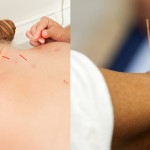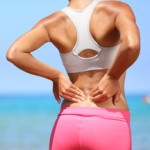This is a condition that causes the breakdown of bone tissue. This leads to a decrease in bone density. This bone loss leads to an increased risk of bone fragility and fractures. The bones of the hips, spine, wrist and shoulder are most likely to suffer such fractures. According to Osteoporosis Canada, the number of fractures from osteoporosis is more than heart attacks, strokes and breast cancer combined. The diagnosis is made using a bone scan test. The individual’s bone mineral density result is compared to that of an average young adult. A score is calculated. The score tells the individual how much their bone mineral density differs from the average young person. The World Health Organization uses the scores to categorize the condition. As the score decreases, the risk of fractures increases. Normal: > -1.0 Osteopenia: Between -1.0 and -2.5 Osteoporosis:
Read More



